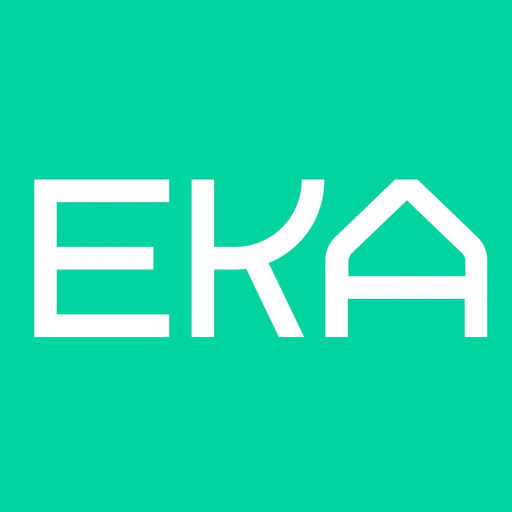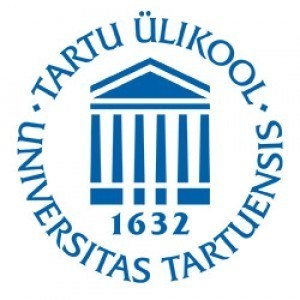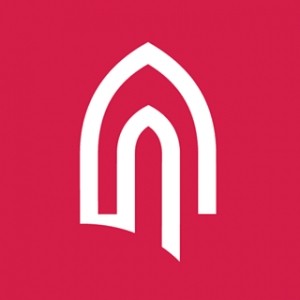Photos of university / #eka_estonian_academy_of_arts
The Animation program at the Estonian Academy of Arts offers a comprehensive and innovative educational experience designed to prepare students for successful careers in the dynamic field of visual storytelling. This program combines artistic practice, technical skills, and theoretical knowledge to cultivate versatile animators capable of working across various media and industries. Students engage in a multidisciplinary curriculum that covers traditional animation techniques, 2D and 3D animation, stop-motion, character design, storyboarding, and visual development. Emphasizing both individual creativity and collaborative projects, the program encourages students to develop their unique artistic voice while also understanding the importance of teamwork and communication in professional environments.
Throughout their studies, students have access to state-of-the-art facilities, including animation studios, computer labs equipped with industry-standard software such as Adobe Creative Suite, Toon Boom, Maya, and Blender. The program integrates lectures, workshops, and hands-on projects to ensure practical experience alongside theoretical education. Course topics also include narrative development, scriptwriting, sound design, and the history of animation, providing students with a well-rounded understanding of the field. Additionally, the program fosters critical thinking about animation as an art form and a tool for social commentary.
The curriculum is designed in close collaboration with industry professionals, ensuring that students acquire relevant skills aligned with current market needs. Students are encouraged to participate in national and international festivals, competitions, and internships, offering valuable exposure and real-world experience. The program also supports student projects that can be showcased in exhibitions and submitted to film festivals, helping emerging animators build their portfolios.
Graduates of the Animation program possess a strong foundation in artistic principles, technical abilities, and storytelling skills, enabling them to pursue careers in film and television production, advertising, game design, virtual reality, and independent animation. With its blend of creative freedom and professional rigor, the program at the Estonian Academy of Arts aims to nurture innovative and critically engaged animators who can contribute to the global animation industry while also pushing the boundaries of visual storytelling.
This is an international programme and instruction is conducted in English. The studies are conducted as lectures, seminars and master classes, as well as individual and tutorial classes. Generally, tutorial classes make up 60% to 70% of the curriculum. Other classes are divided between practical and independent work. Studies are conducted in cooperation with almost all the schools of higher education in Tallinn, Estonia. The students actively participate in lectures at the Baltic Film and Media School (BFM) and Tallinn University. Cooperation also takes place with the Estonian Animation Union and Estonia’s larger studios. The programme’s instructors and lecturers are active artists and specialists whose work is regularly presented at international events.
Courses taught
- Philosophy
- Ethics and aesthetics
- Film theory
- Film history
- Animation history
- Animation technique
- Creativity
- Film production
- Film industry
- Animation projects 1 and 2
Program requirements for the Animation degree at the Estonian Academy of Arts include a strong foundation in the principles of animation, which encompasses understanding motion, timing, and storytelling techniques. Applicants are typically required to submit a portfolio showcasing their creative work, demonstrating skills in drawing, digital illustration, or previous animation projects. A relevant educational background in art, design, or related fields is preferred, along with an interest in computer graphics, character development, and visual storytelling. Proficiency in industry-standard animation software such as Adobe Creative Suite, Toon Boom, or Maya is also expected from applicants. In addition to the portfolio, candidates may need to provide a motivation letter explaining their interest in animation, career goals, and why they wish to study at the Estonian Academy of Arts. Academic prerequisites usually include a high school diploma or equivalent; specific requirements may involve passing entrance examinations or interviews to assess artistic potential and technical knowledge. English language proficiency is often required for international applicants, with accepted tests like IELTS or TOEFL scores meeting the university’s standards. The program emphasizes both theoretical knowledge of animation history, media theory, and contemporary practices, and practical skills through project-based coursework, workshops, and collaborative work. As the curriculum is designed to foster creativity, technical proficiency, and professional readiness, applicants should demonstrate motivation, original ideas, and a willingness to experiment with different animation techniques and tools. Overall, the entrance process aims to select candidates who exhibit artistic talent, technical skills, and a passion for animation, ensuring they can successfully complete the program and contribute to the creative industries.
The Animation programme at the Estonian Academy of Arts offers students comprehensive education in the field of animation, including various aspects such as 2D and 3D animation, visual storytelling, character design, and multimedia production. Regarding financing studies, students have multiple options to support their education financially. The primary source of funding is through government-supported student loans and scholarships, which are generally available to both local and international students meeting specific criteria. The Estonian government's scholarship programmes aim to promote higher education and international cooperation, providing financial assistance to talented students. Additionally, students can apply for Erasmus+ mobility grants if they participate in exchange programmes with partner universities, which can cover part of their tuition fees or living expenses during a semester abroad. The university also encourages students to seek private sponsorships or grants from cultural foundations and industry partners interested in supporting creative disciplines such as animation.
Furthermore, there are numerous part-time work opportunities available in Tallinn, the city where the Estonian Academy of Arts is located, which students can utilise to supplement their income during their studies, respecting the limitations set by student visa regulations for international students. Some students may also qualify for special funding programs aimed at fostering young artists and designers. Such programmes are often managed by national cultural bodies or European Union development funds and may require a portfolio review or other merit-based assessments. The university provides support and guidance on navigating these funding opportunities through its student services and financial aid office. It is recommended for prospective students to explore the official university website and contact the admissions office for the most current and detailed information concerning available financing options. Overall, while studying animation at the Estonian Academy of Arts involves tuition costs, there are numerous financial aid avenues and supplementary funding possibilities that help make education accessible to dedicated students.
The tuition fee for the programme is 2800 euros per year (for citizens of EU, UK, Iceland, Norway, Liechtenstein; Turkey, Georgia, Ukraine, Moldova and Switzerland); 3600 euros per year (for citizens of non EU countries).


